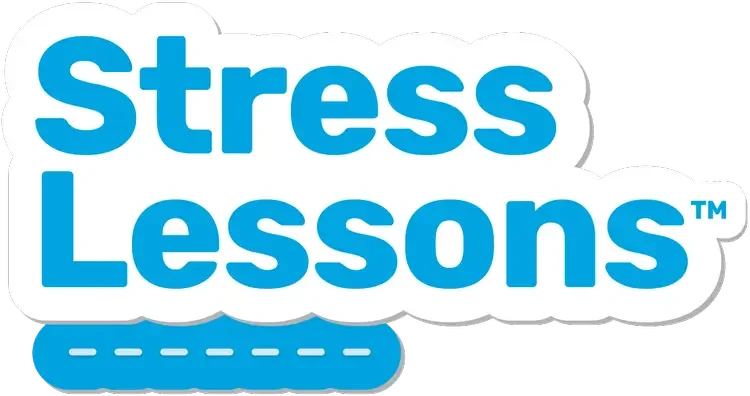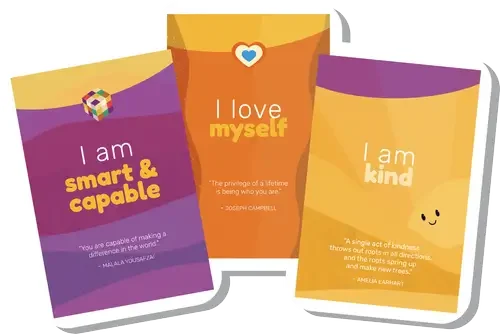Resources to Help Kids Thrive
Practical, evidence-informed tools to support kids’ and teens’ stress, resilience, and well-being. Browse articles, webinars, activity books, and program materials.
Explore our collection of practical tools for parents, educators, and caring adults. These resources help you support kids and teens through life’s challenges while deepening your understanding of stress, coping skills, and well-being.
What type of resources are you looking for?

Access Our Library
Browse on-demand learning and reading from our experts.
Conversations that translate psychological science into everyday strategies for families and schools.
Expert-written pieces on child development, stress, resilience, and more.
On-demand sessions for parents, educators, and professionals, led by child-psychology experts.
Explore Resources for Caring Adults
Find what you need at every stage. From attachment focused tips and booklets for birth to age 3, to practical strategies and kid friendly tools for elementary ages, to guidance for pre teens and teens on stress, self care, and help seeking. Plus self care for the adults who support them, including workplace resources.
Bite-sized booklets, tip sheets, and videos you can use at home, school, and in the community.
Resources for Professionals Implementing Our Programs
Already delivering our programs?
Use these materials to plan, teach, and track impact.
Tips sheets, activities and more for supporting ages 4-12.
Facilitator Resources
Songs, tip sheets, printables, and Q&A to support sessions with families of infants 0–3.
Posters, tip sheets and more for supporting ages 12-18.

Access Psychology-Based Programs
ATTACHMENT
Ages
0-3
Strengthening
early parent-child bonds
STRESS MANAGEMENT
Ages
4-18
Teaching kids how to handle stress
CAPACITY BUILDING
Ages
10-18
Strengthening skills for lifelong resilience
Featured Tools
AFFIRMATION CARDS
Confidence-boosting prompts kids can read anytime.
STRESS COACH CHATBOX
A judgement-free chat for teens to explore and learn coping tips.
RESILIENCY QUIZ
A quick, playful check-in to spot strengths and growth areas.
ZEN GARDEN
A digital calming space to reset and practice mindfulness.
STRESS BUSTERS ACTIVITY BOOK
Hands-on activities that help ages 9–12 learn and practise stress skills.
SUPPORT & HEALTH LINES:
If you or a young person needs immediate support, please visit our Help Lines page for national and local options.




















